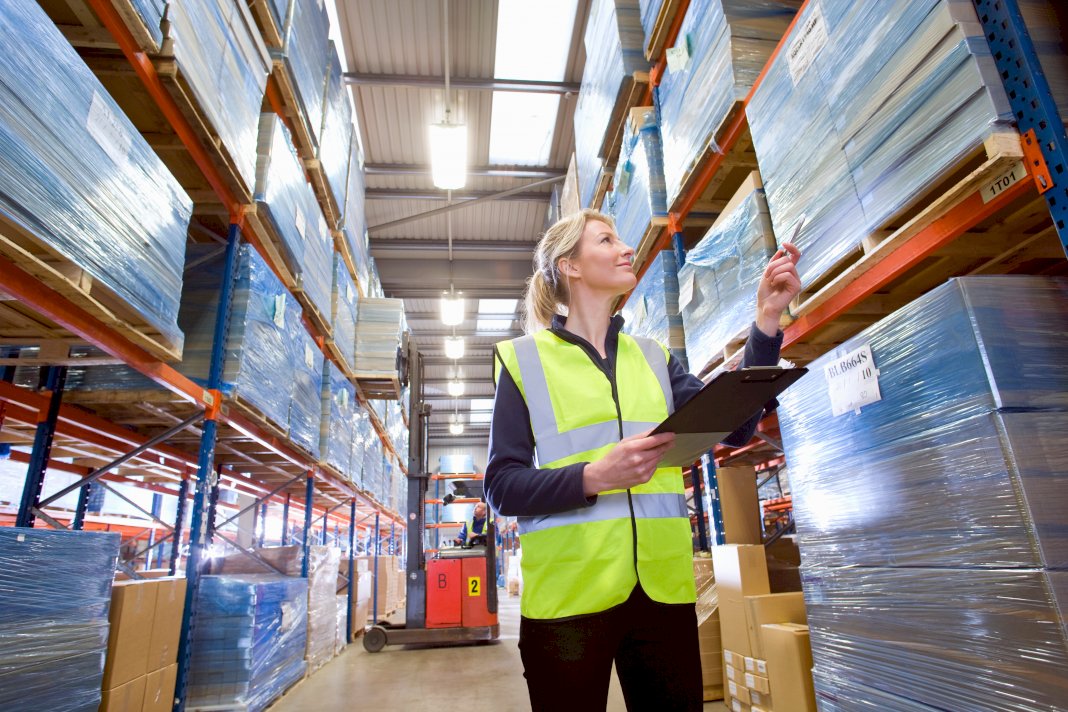- Warehousing businesses can reduce energy consumption with energy-efficient upgrades and insulation.
- Implementing recycling and repurposing initiatives can drastically reduce warehouse waste production.
- Sustainable transportation practices, such as using electric vehicles, can lower carbon emissions.
- Green building designs, including sustainable materials and natural light sources, help reduce environmental impact.
- Employee engagement in sustainability programs is crucial for implementing and maintaining green practices.
Warehousing businesses play a crucial role in the supply chain and logistics industry. They store and distribute goods for businesses, both large and small. However, the traditional warehousing business model is not sustainable or environmentally friendly. Traditional warehousing methods are no longer sustainable, especially in Singapore, where eCommerce and online shopping have increased the demand for warehouse space. This blog post will discuss sustainable business practices for warehousing businesses and how they can benefit your business and the environment.

Energy Efficiency
Energy consumption is one of the biggest expenses for warehousing businesses, and it also significantly impacts the environment. One of the most effective ways to reduce energy consumption and lower costs is by focusing on energy-efficient solutions. For one, material handling equipment such as forklifts and conveyor systems should be upgraded to newer, energy-efficient models. Forklifts that run on electricity instead of gasoline or diesel can significantly reduce carbon emissions. Additionally, installing energy-efficient lighting and implementing energy-saving measures such as motion sensor lights can also help lower energy consumption.
Adding insulation to the warehouse walls and roof can also help reduce the need for heating and cooling systems, which can also reduce energy consumption. Some warehouses have even installed solar panels on their roofs to generate clean energy, further reducing their carbon footprint. Implementing energy-efficient practices not only benefits the environment but also saves money in the long run.
Waste Management
Waste management is another critical aspect of sustainable business practices. Implementing a recycling program can help reduce the waste produced by a warehouse. Recycling cardboard, plastic, and paper products can reduce the amount of landfill waste and help preserve natural resources. Some warehouses have even implemented composting programs to reduce the amount of organic waste produced.
Depending on the products stored in a warehouse, there may also be an opportunity for waste reduction through repurposing or upcycling. For example, if a warehouse stores damaged goods that cannot be sold, these items can potentially be repurposed or donated to charities instead of being disposed of. Even small changes, like using reusable packaging materials instead of single-use ones, can make a significant impact on waste reduction.
Sustainable Transportation
Warehousing businesses also have an impact on transportation. You may consider using electric or hybrid vehicles within the warehouse and implementing a delivery shuttle service. Using electric or hybrid vehicles reduces carbon emissions and improves air quality. By teaming up with other warehouses, implementing shared delivery options will also help reduce your business’s carbon footprint. Although implementing these changes may require an initial investment, it can save money in the long run and positively impact the environment.
Green Building
Building sustainable warehouses is the future of the industry. The design of a warehouse can significantly impact energy consumption and carbon emissions. Building energy-efficient warehouses can lower operating costs and reduce your carbon footprint. Green building design includes the following:
Using sustainable materials:
Selecting eco-friendly building materials, such as recycled steel or sustainably sourced wood, can reduce the environmental impact of construction. These materials also typically have a longer lifespan, reducing the need for frequent replacements.
Natural lighting and ventilation:
Designing warehouses with ample windows and skylights can reduce the need for artificial lighting during the day. Additionally, incorporating natural ventilation systems can help reduce the need for air conditioning. Even simple changes, like painting the warehouse walls in lighter colors, can help reflect natural light and reduce energy usage.
Rainwater harvesting:
Installing rainwater harvesting systems can help reduce water consumption and lower water bills. The collected rainwater can be used for non-potable purposes such as irrigation or cleaning. While this may not be suitable for all warehouses, it is a sustainable option to consider.
Green roofs:
Green roofs are an innovative solution to reduce the environmental impact of warehouses. Installing a layer of vegetation on the warehouse roof helps insulate the building, reduces stormwater runoff, and improves air quality.
Employee Engagement
Sustainable business practices require the involvement and engagement of everyone in the organization, including employees. Employees can be taught about sustainable practices and encouraged to implement them. Providing training and resources on sustainability can help employees understand the importance of these practices and how they can impact the environment. You can also offer incentives for employees participating in sustainability programs and initiatives.
Sustainable business practices are becoming increasingly vital for warehousing businesses. By implementing energy-efficient solutions, managing waste effectively, promoting sustainable transportation and building practices, and engaging employees in these efforts, warehousing businesses can reduce their environmental impact while also saving money. So, consider implementing these sustainable practices in your warehousing business and make a positive impact on the environment.


